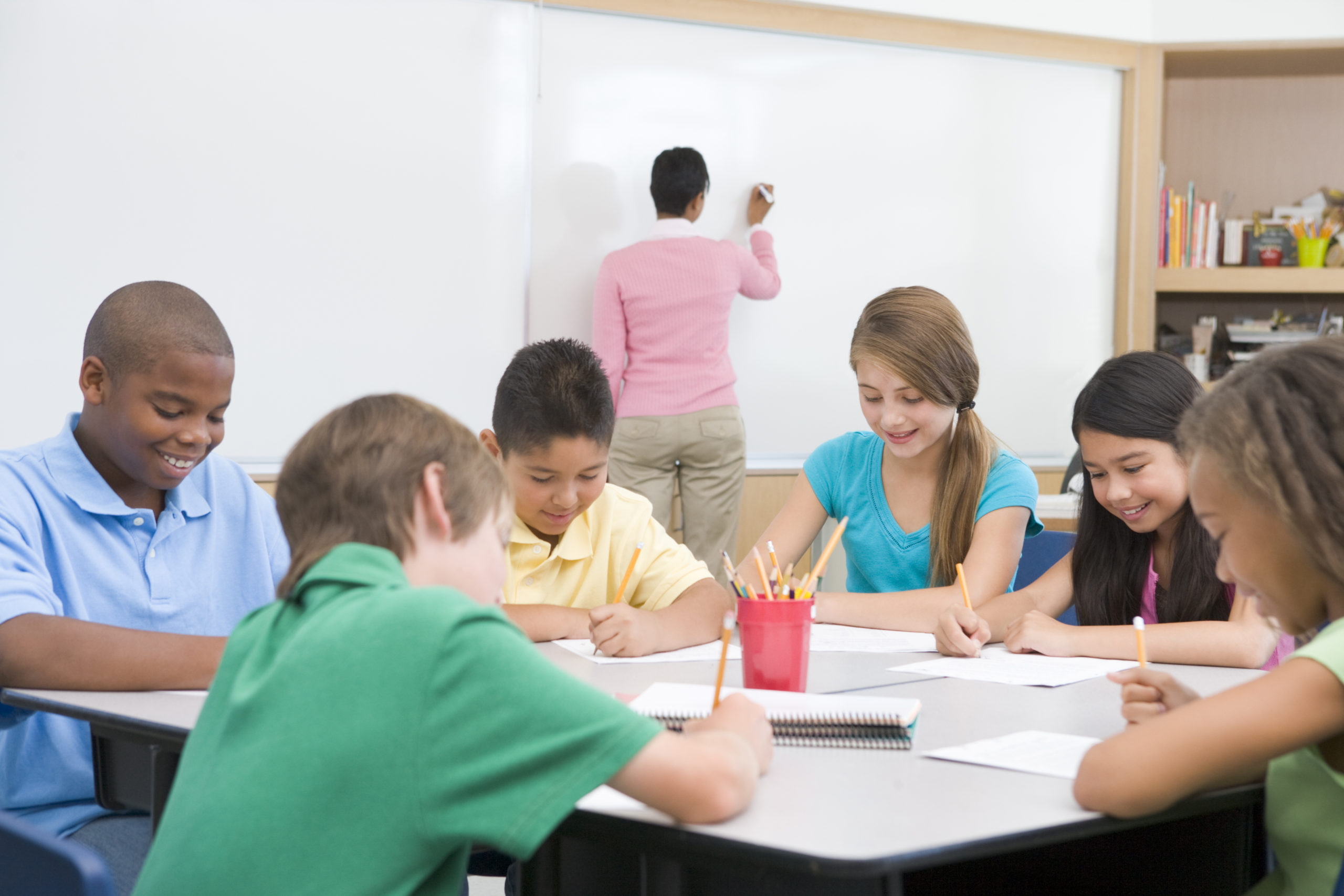In today’s educational landscape, the push for standardization has become a significant topic of discussion. Standardized tests, uniform curricula, and consistent teaching methods are all part of an effort to ensure that every student receives the same quality of education. However, this approach raises some important questions about its effectiveness. Every student brings a unique set of experiences, talents, resources, and needs that influence their learning to campus. Two people can experience the same lesson and walk out of the room with very different levels of understanding. So, does the logic of standardization take into consideration the individualized nature of effective teaching and learning? Moreover, can standardization and equity co-exist?
Understanding Standardization
Standardization in education refers to the practice of applying uniform standards and procedures to ensure consistency across the educational system. This often involves standardized testing, common curricula, and uniform teaching methods.
The Goal of Standardization
The primary goal of standardization is to ensure that all students have access to the same high-quality education. This means that regardless of where a student goes to school, they should receive the same level of instruction and be held to the same academic standards.
Challenges of Standardization
While the intentions behind standardization are noble, there are several challenges that arise when applying a one-size-fits-all approach to education.
Individual Learning Styles
Every student learns differently. Some students may excel with visual aids, while others might prefer hands-on learning. Standardized teaching methods can overlook these differences, potentially leaving some students behind.
Unique Backgrounds and Experiences
Students come from diverse backgrounds and bring unique experiences to the classroom. These differences can significantly impact how they perceive and understand the material. A standardized approach might not address the varying needs of students from different cultural or socioeconomic backgrounds.
Teacher Autonomy
Standardization can also limit teachers’ ability to tailor their instruction to meet the needs of their students. Teachers are often forced to stick to a rigid curriculum, which can prevent them from using their creativity and expertise to enhance their teaching.
The Role of Standardized Testing
Standardized testing is a key component of the standardization movement. These tests are designed to measure students’ knowledge and skills in a consistent manner.
Pros and Cons of Standardized Testing
Standardized tests can provide valuable data on student performance and help identify areas where schools need to improve. However, they can also create high-pressure environments for students and teachers alike. Moreover, they often fail to capture the full range of a student’s abilities and potential.
Equity vs. Equality in Education
A critical question that arises with standardization is whether it promotes equity or merely equality in education.
Equality vs. Equity
Equality means providing the same resources and opportunities to all students. Equity, on the other hand, involves providing the necessary resources and support to ensure that all students can achieve their full potential, regardless of their starting point.
Can Standardization Promote Equity?
Standardization aims to provide equal opportunities, but it may fall short of achieving true equity. By treating all students the same, it may not address the additional support that some students need to succeed. For instance, students with learning disabilities or those who are English language learners might require different instructional approaches and resources.
Balancing Standardization and Individualization
To create a more effective educational system, it’s important to find a balance between standardization and individualization.
Personalized Learning
Personalized learning is an approach that tailors education to meet the individual needs of each student. This can involve differentiated instruction, where teachers modify their teaching methods to accommodate different learning styles and abilities.
Adaptive Technology
Advancements in technology can also play a role in balancing standardization and individualization. Adaptive learning technologies can adjust the difficulty of lessons based on a student’s performance, providing a more personalized learning experience.
Teacher Training and Support
Providing teachers with the training and support they need to implement individualized instruction can also help bridge the gap between standardization and personalized learning. When teachers have the flexibility to adapt their teaching methods, they can better meet the diverse needs of their students.
Conclusion
Standardization in education aims to ensure that all students receive a high-quality education, but it also presents significant challenges. By assuming that uniform instructional conditions will lead to the same level of knowledge for all students, it overlooks the individualized nature of effective teaching and learning. To truly promote equity in education, it’s essential to recognize and address the unique needs and backgrounds of each student. Balancing standardization with personalized learning approaches can create a more inclusive and effective educational system that helps all students succeed.



